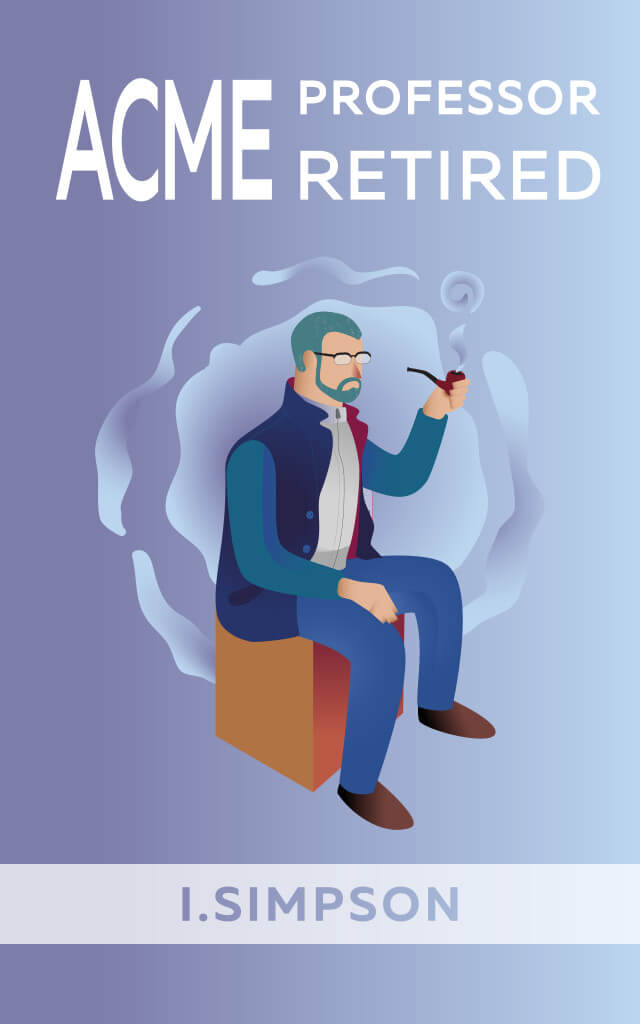Acme Professor Retired

Heavy Glider (idea 1)
“LC” makes sure the “Air Brakes” are locked and closed, as the air brakes can have a habit of deploying, unless they are closed inside the wings and locked in place. Having them deploy during launch is like trying to drive your car on ice with the handbrake stuck on which is a bad day at the office usually.
“LC” confirms the brakes have been checked as locked, by then shouting “OPEN” this then has the pilot open the hook. This is the hook that needs to release the wire, when the glider is up at altitude, or god forbid, something goes wrong on launch.
Two hooks are available, one near the nose for aero tow by tug airplane, and one belly hook for this winch launch.
The winch wire is attached by a ring with the correct “weak link” for the weight of the glider, this particular glider will require its very own weak link, and appropriate sticker on the front near the hook, as it will be much heavier than every other glider in use.
Perhaps a sticker of “Iron Maiden” for Heavy Metal??
So with this safety feature in play, the airfield launching winch is now connected by a very long wire, to “Heavy One”.
“Cable on and secure” shouts the launcher. After giving the wire a good pull forward of the weak link.
With everyone having a good check above, behind, right, left , all around, the “LC” signals “TAKE UP THE SLACK”.
The winch driver slowly takes in any slack, until the wire is taught, then the “LC” signals “ALL OUT”.
Now the winch driver pulls in the winch wire rapidly, accelerating the glider.
At any stage now anyone involved can shout stop, or signal with hand over head, to stop.
The pilot would then release the cable and land further down the runway or coast to a stop if he hadn’t started flying by then.
Hopefully all goes well, the pilot releases up above the winch station, and the little parachutes deploy as the winch wire starts falling, down wind to the launch site, where it’s stretched out ready to go again for the next victim.
In his mind he goes through the launch sequence.
“ALL OUT“ the heavy glider starts moving forward, and as it has proper 3 wheeled undercarriage there is no need for any running “wingman”, who usually keeps the long spindly conventional gliders wing tips from hitting the ground until the glider picks up sufficient speed, to self stabilise the wings.
Onwards and upwards with a satisfying bang, the cable is released from the belly, and he holds everything steady until the last centimetre of height is gained, as he well might need it.
Much faster than normal, he doesn’t have much chance to look for thermals or ridge waves or anything else to keep him aloft, the all to familiar din, of the low whoop of the audible indicator for descent is in his ears, and it starts to get louder, he pulls the flaps to full, balances the trim, and tries to get the heavy bugger to fly!
Yes! Now we are flying, the speed has increased, and she is in a shallow dive, circling down, checking the controls, everything’s fine, let’s make the start of the circuit, using the landmarks below, and the navigation display, all is good.
Sharp few turns, to check all is good, and he is lining up for the landing.
It’s a beautiful late summer evening, and life is sweet, undercarriage out, last few hundred feet of descent, and he touches down gently, and rolls to a stop at the side of the hangers.
Yes, nicely done, it is indeed possible, as this 4 minutes flight has just proven.
He surmised he would test and test again and again, gaining experience and faith in the aeroplane until less favourable conditions could be worked up to.
Ahh he felt warm and cozy, and a wee nap, might be in order…
The “Tug” was all hooked up, the ground handler gave him the thumbs up, all the cables were attached, hooks checked, ready to go.
The radio managed to convey a less than clear message from the “Tug” pilot, usually a heavy accented Eastern European pilot, of very high skills, needing to get his flying hours up, to qualify as a full-time commercial pilot.
“TUG GO?”
© 2021 I.Simpson. All Rights Reserved. Duplication, copying, printing without the consent of the author is prohibited.






